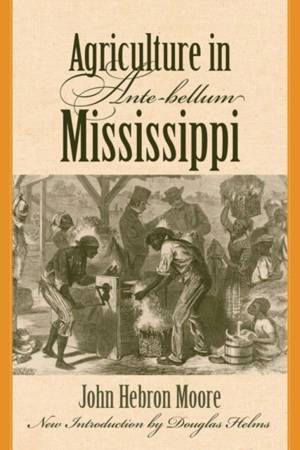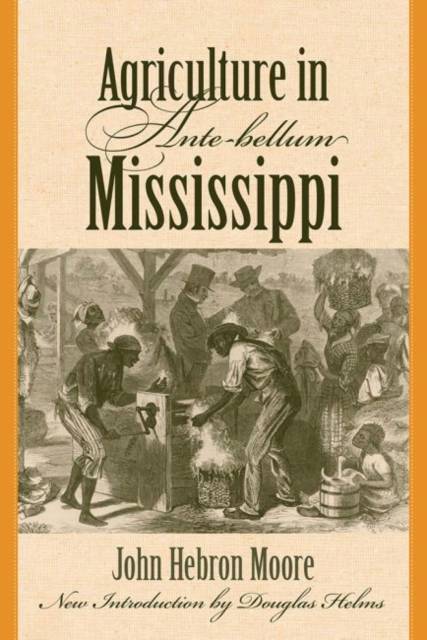
- Retrait gratuit dans votre magasin Club
- 7.000.000 titres dans notre catalogue
- Payer en toute sécurité
- Toujours un magasin près de chez vous
- Retrait gratuit dans votre magasin Club
- 7.000.0000 titres dans notre catalogue
- Payer en toute sécurité
- Toujours un magasin près de chez vous
Description
A germinal case study of the antebellum cotton kingdom as it manifested itself in the Deep South
First published in 1958, John Hebron Moore's Agriculture in Ante-Bellum Mississippi presents a clear survey of the methods, mechanical and genetic technologies, labor management, and economic viability of the Old South's cotton kingdom as it existed in Mississippi.
Moore's objective study is arranged along chronological and topical lines and assesses the agricultural history of the whole state to the eve of the Civil War without romanticism. Moore offers an insightful history of Mississippi's transition from the soil-exhausting frontier agriculture of the early Natchez era to the largely self-sufficient, scientifically based, and highly profitable upland cotton farming that followed in the 1850s and 1860s. The work is distinguished in its thorough discussion of the development of cotton culture in the Natchez District as independent from the efforts of cotton planters along the Atlantic Coast, its exploration of antebellum cotton breeding techniques, and its analysis of the role of the 1837-49 economic depression as the impetus for agricultural renaissance that made cotton Mississippi's most profitable crop in the 1850s.
This Southern Classics edition includes a new introduction by agricultural historian Douglas Helms that places the book within the historical context of its original publication and discusses how its influence has become interwoven in current scholarship.
Spécifications
Parties prenantes
- Auteur(s) :
- Editeur:
Contenu
- Nombre de pages :
- 280
- Langue:
- Anglais
- Collection :
Caractéristiques
- EAN:
- 9781570038778
- Date de parution :
- 05-03-10
- Format:
- Livre broché
- Format numérique:
- Trade paperback (VS)
- Dimensions :
- 150 mm x 226 mm
- Poids :
- 408 g

Les avis
Nous publions uniquement les avis qui respectent les conditions requises. Consultez nos conditions pour les avis.






